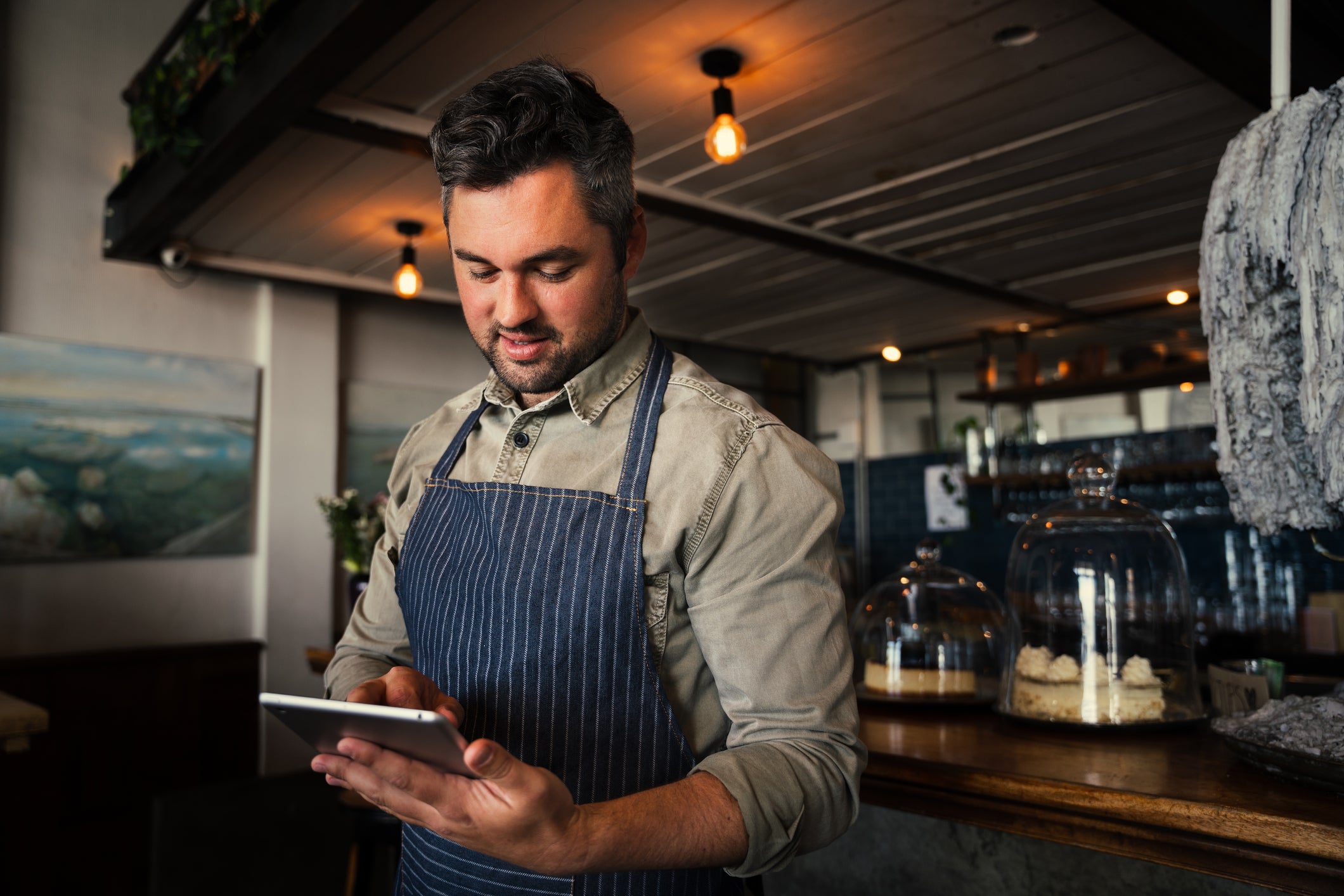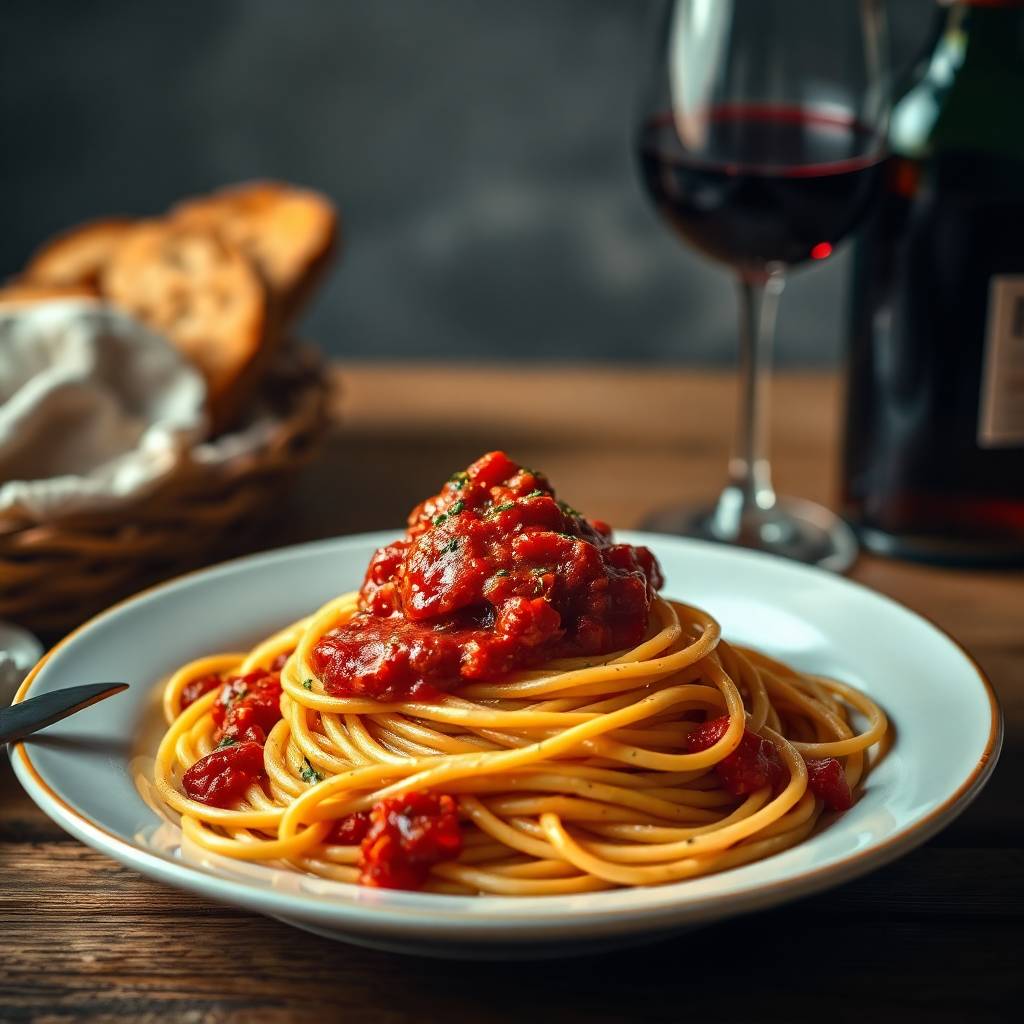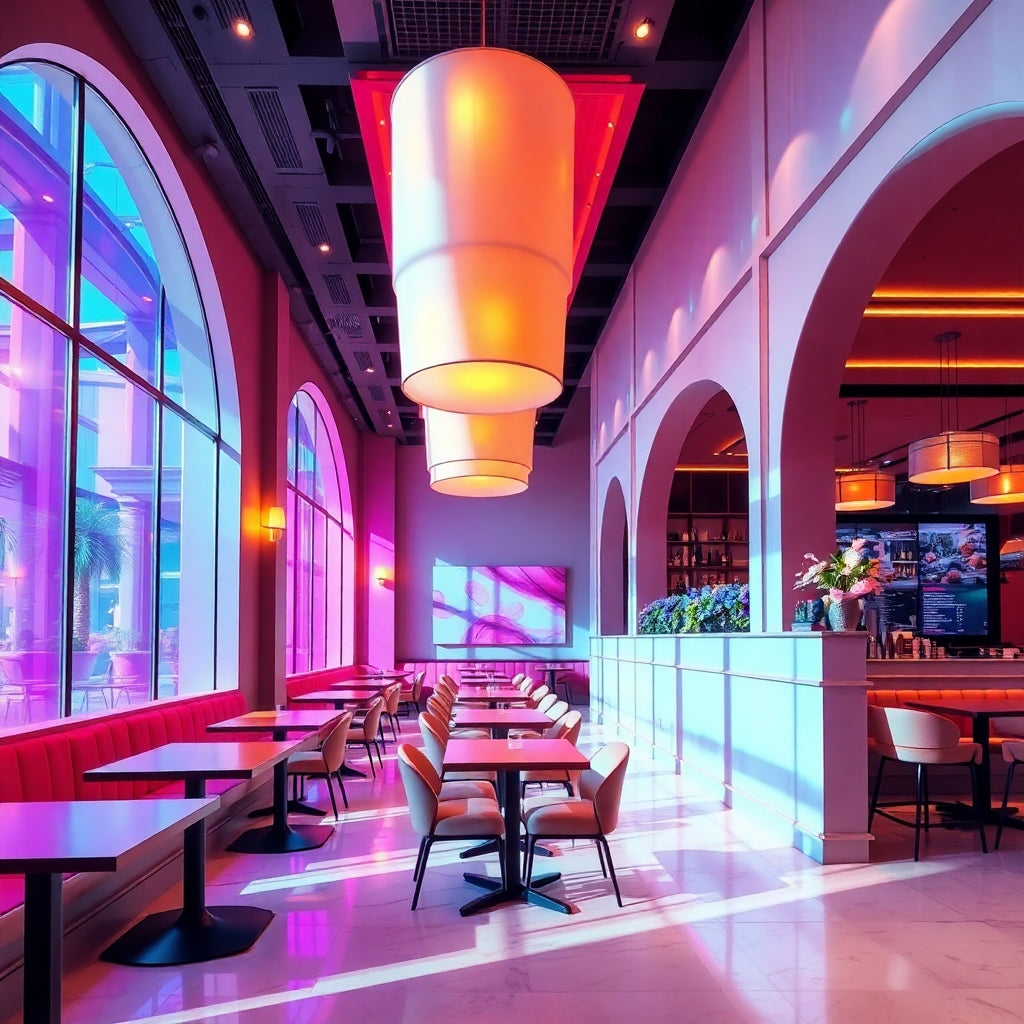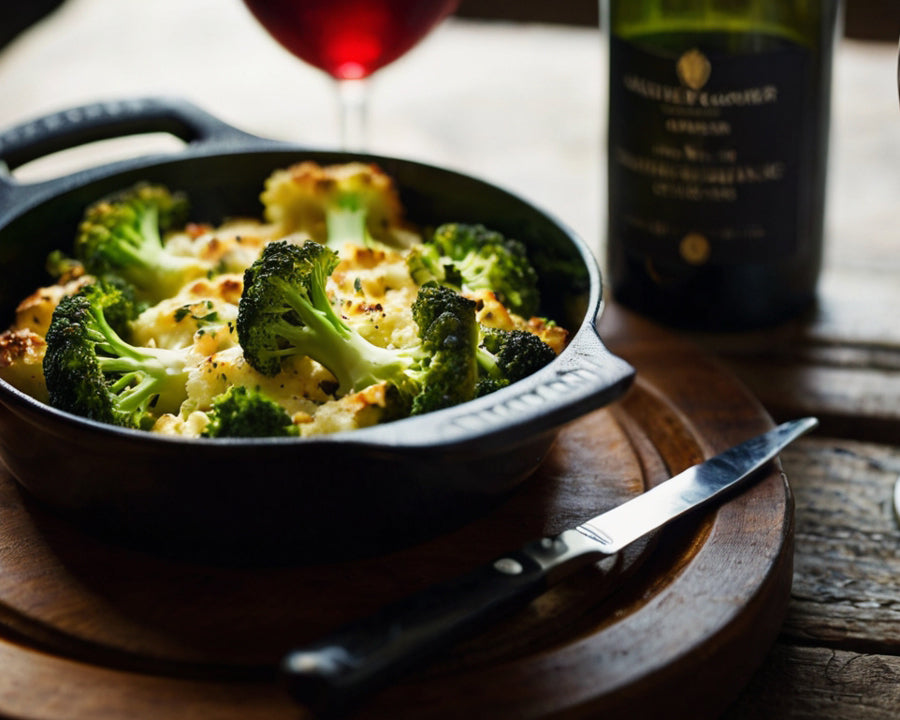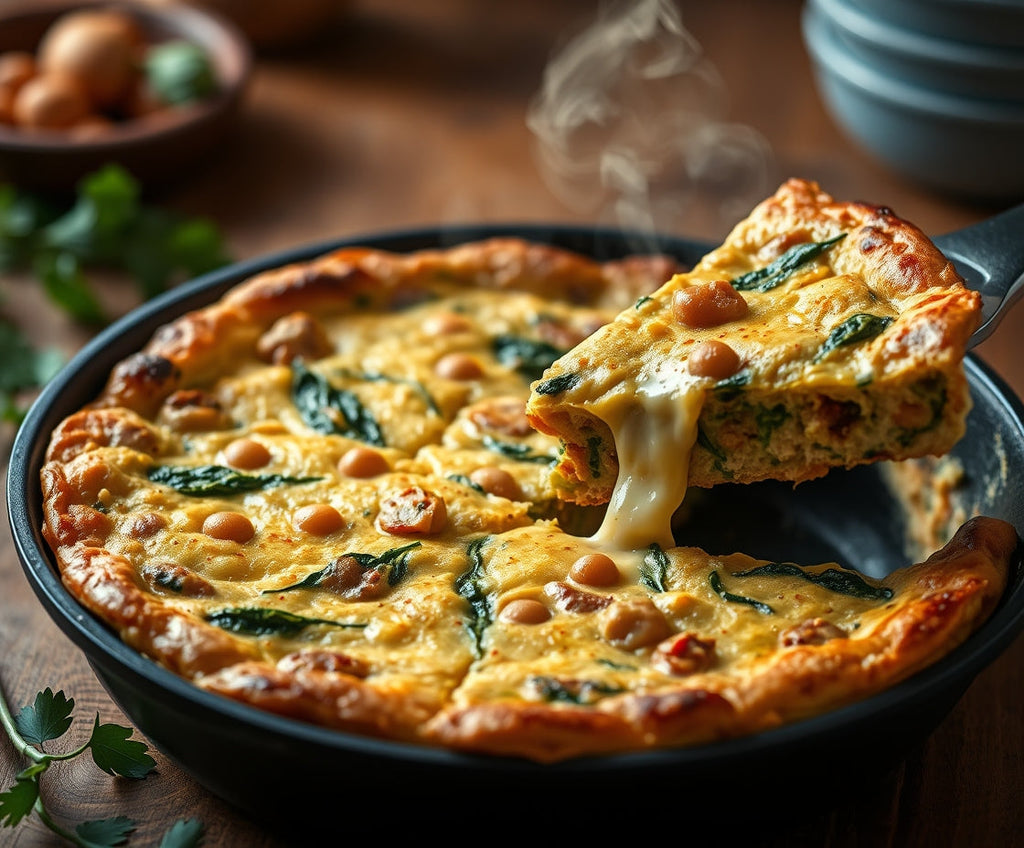The Psychology of Café and Restaurant Design in Hospitality
- Mar 09, 2025
- 0 Comments
When you step into a café or restaurant, every element—from the color of the walls to the arrangement of tables—is meticulously designed to shape your experience. Hospitality design isn’t just about aesthetics; it’s a strategic tool rooted in psychology to influence behavior, emotions, and even spending habits. Let’s explore how cafés and restaurants leverage design principles to create memorable experiences and drive business success.

Layout and Flow: Guiding Movement and Interaction
The spatial arrangement of a venue directly impacts how customers navigate and interact with it. Open layouts with circular pathways encourage exploration, while segmented zones (e.g., booths, band areas, seating) create intimacy. For instance, fast-casual eateries often prioritize linear layouts to streamline traffic, subtly nudging customers toward ordering stations. In contrast, bistros might cluster tables to foster social interaction.
Psychological Insight: Humans seek environments that balance stimulation and comfort. A well-planned layout reduces decision fatigue by guiding movement intuitively. Research in environmental psychology suggests that crowded spaces can heighten stress, whereas balanced spacing promotes relaxation—critical for venues aiming to extend dwell time.
Colour Psychology: Evoking Emotions and Appetites
Colour is a silent yet powerful communicator. Warm tones like red and yellow (think McDonald’s or Pizza Hut) stimulate appetite and urgency, ideal for quick-service restaurants. Cooler hues like blues and greens, often seen in health-focused cafes, evoke calmness and trust. Neutral palettes in upscale restaurants signal sophistication, encouraging patrons to linger over meals.
Example: Starbucks uses earthy greens and browns to mirror its brand ethos of sustainability and relaxation, creating a "third place" between home and work.
Lighting: Setting the Mood and Pace
Lighting influences perception of time and comfort. Bright, cool-toned lighting energizes diners, speeding up turnover—common in fast-food chains. Dim, warm lighting in fine-dining establishments slows the pace, enhancing perceived meal value. A study in the Journal of Environmental Psychology found that softer lighting increases satisfaction, as patrons feel less observed and more inclined to relax.
Pro Tip: Layered lighting (e.g., pendant lights over tables, ambient wall sconces) adds depth and flexibility, adapting to different times of day or customer demographics.
Furniture and Seating: Comfort vs. Efficiency
Seating choices reflect a venue’s goals. Plush chairs and sofas invite customers to stay longer, ideal for coffee shops that aim to become workspaces. Hardwood benches or high-top tables, however, subtly encourage quicker turnover. The height of tables and chairs also matters: Lower seating feels informal, while elevated stools create a dynamic, social bar atmosphere.
Cultural Twist: In Japan, compact seating maximises space efficiency, aligning with urban lifestyles, whereas Mediterranean cafes prioritize sprawling outdoor seating to emphasize leisure.

Acoustics: Crafting Auditory Experiences
Noise levels shape dining behavior. Fast-food venues often embrace louder environments to energize customers, while fine-dining spots use sound-absorbing materials (e.g., carpets, drapes) to ensure conversation comfort. Background music tempo also plays a role: slower beats encourage relaxation, while upbeat tracks can accelerate eating speed.
Case Study: A 2012 study in the Journal of Applied Social Psychology revealed that playing French music in a wine shop increased sales of French wines—proof of music’s subconscious influence.
Scent Marketing: The Invisible Ambiance
Smell is closely linked to memory and emotion. The aroma of freshly baked bread or brewing coffee can trigger cravings and nostalgia. Luxury restaurants might infuse subtle scents like lavender to enhance perceived exclusivity.
Fun Fact: Cinnabon strategically places ovens near entrances to waft cinnamon scents, enticing passersby to enter.

Cultural and Contextual Sensitivity
Design must resonate with local preferences. In communal cultures, long shared tables foster connection, while private booths cater to individualistic societies. Temperature and outdoor seating also vary: Nordic cafes emphasize cozy, firelit interiors, while tropical spots embrace open-air designs.
Conclusion: The Alchemy of Design
Successful hospitality design is a symphony of psychological cues. Every choice—from the hue of a napkin to the spacing of tables—works in concert to shape behavior, emotions, and loyalty. Next time you dine out, observe these elements. You’ll realize that the magic of a great meal isn’t just in the food—it’s in the invisible architecture of experience.
Understanding these principles isn’t optional for restaurateurs; it’s essential to crafting spaces that turn first-time visitors into lifelong patrons. After all, in hospitality, design is the silent host that never stops working.
Call to Action: Pay attention to your surroundings on your next café visit. Notice how the design influences your mood and choices—you might never see dining spaces the same way again!




